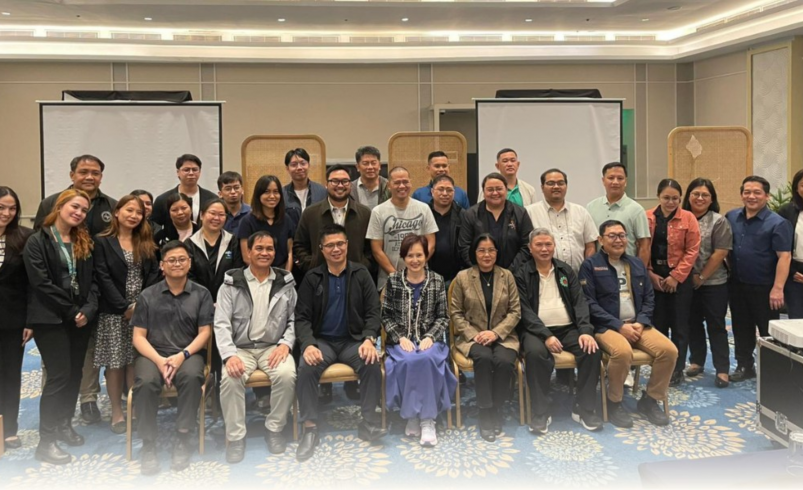PH finalizes nuclear safety, security action plans in inter-agency forum
- October 15, 2025
- 0

Photo credit: DOE
The Philippines has advanced its nuclear energy development agenda with a writeshop that finalized the action plans for the National Policy and Strategy on Nuclear Safety and Radiation Protection and began drafting the action plans for the proposed National Policy and Strategy on Nuclear Security.
Held from October 13 to 17 in Clark, the whole-of-government activity brought together key agencies under the Nuclear Energy Program–Inter-Agency Committee (NEP-IAC) to refine and align policies with national priorities and international standards.
Philippine Nuclear Research Institute Division Chief Neil Raymund D. Guillermo underscored the importance of actionable strategies, saying, “This is a chance to share ideas, align our efforts, and make sure our strategies are not just well-written but doable, measurable and impactful.”
Department of Energy (DOE) Director and NEP-IAC Technical Secretariat Head Patrick T. Aquino, in a recorded message, emphasized that “these policies are no
The session built on previous workshops conducted in September 2024 and April 2025, focusing on the development of nuclear safety and security infrastructure. Participants identified specific activities, success indicators, implementation timelines, lead agencies, and estimated budgets to support each strategy.
Director Aquino said the enactment of Republic Act No. 12305, or the PhilAtom L
Energy Secretary Sharon S. Garin earlier described the PhilAtom Law as a modernization of the country’s nuclear regulation framework, in line with International Atomic Energy Agency (IAEA) standards and global best practices.
The NEP-IAC, composed of 24 member-agencies, oversees the coordination of work on 19 nuclear infrastructure issues identified by the IAEA through six specialized subcommittees.
Under the Philippine Energy Plan 2023–2050, the country targets at least 4,800 megawatts of nuclear capacity by mid-century.
What are your thoughts on the Philippines’ next steps toward nuclear energy development? Join the discussion below.
Follow Power Philippines on Facebook and LinkedIn or join our Viber community for more updates.